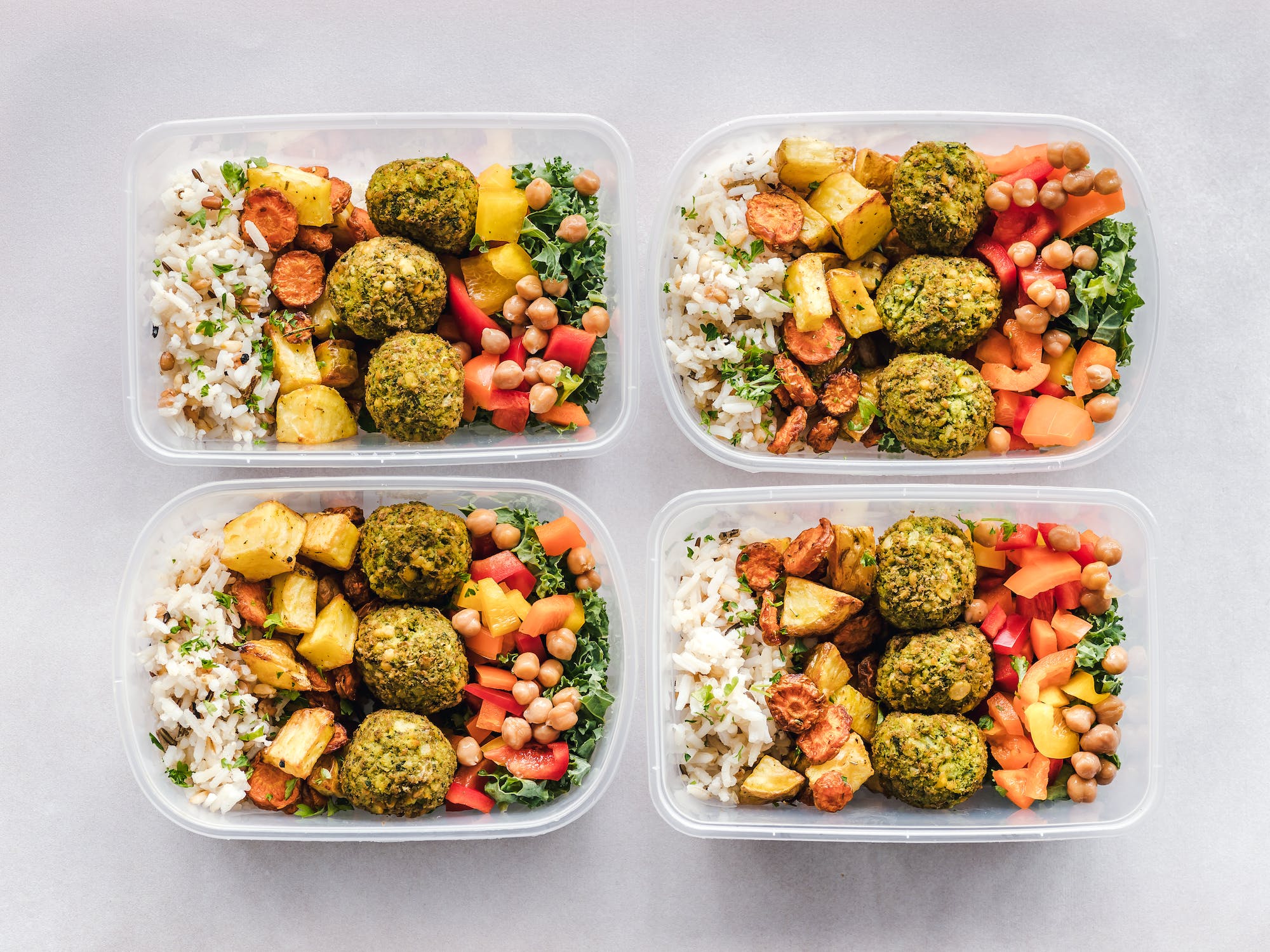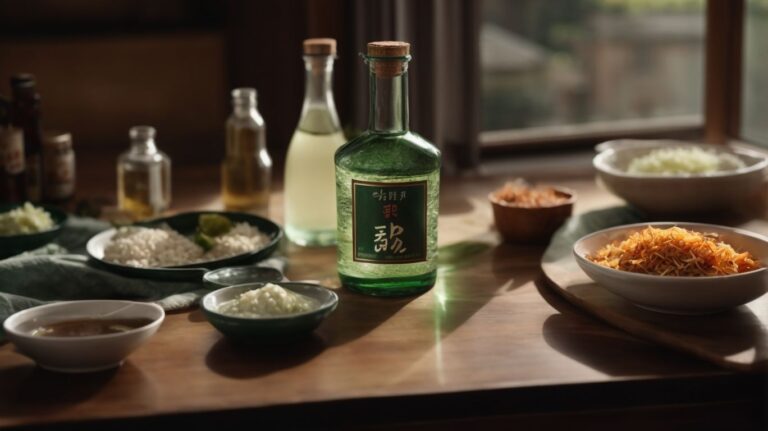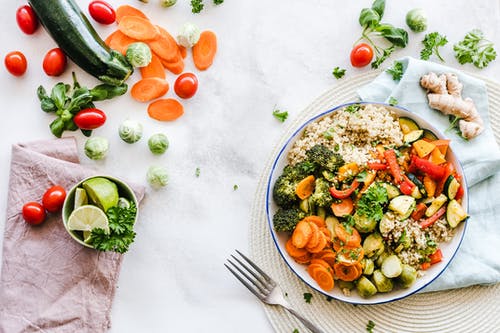10 Delicious Recipes for the Valencia Diet
Are you looking for delicious and nutritious recipes to try on the Valencia Diet? Look no further! The Valencia Diet emphasizes fresh produce, lean proteins, and healthy fats to help you achieve your wellness goals. In this article, we will explore 10 mouthwatering recipes that are perfect for anyone following the Valencia Diet. Whether you’re a seasoned Valencia dieter or just starting out, these recipes will add variety and flavor to your meal plan while keeping you on track towards a healthier lifestyle.
Exploring the Valencia Diet
The Valencia Diet is inspired by the traditional eating habits of regions surrounding the Mediterranean Sea and places a strong emphasis on nutritious, whole foods. This diet is not only about what you eat, but also about a lifestyle that promotes an overall healthier way of living. Let’s delve into what this diet entails and discover its remarkable health benefits.
What is the Valencia Diet?
The Valencia Diet, also known as the Mediterranean Diet, primarily consists of plant-based foods such as fruits, vegetables, whole grains, legumes, and nuts. Additionally, it includes moderate amounts of dairy and fish, with limited consumption of red meat. Olive oil is a key component, replacing other fats and oils for cooking and flavoring. The diet encourages mindful eating and places great importance on enjoying meals with family and friends.

Health Benefits of the Mediterranean-Based Valencia Diet
The Valencia Diet has been found to offer a myriad of health benefits. Its emphasis on plant-based foods provides essential nutrients, dietary fiber, and antioxidants, contributing to a reduced risk of chronic diseases such as heart disease and certain cancers. The inclusion of healthy fats, particularly from olive oil and fish, supports cardiovascular health and may help lower cholesterol levels. Moreover, adhering to the Valencia Diet has been associated with better weight management and improved overall well-being.
The diet’s alignment with the cultural norms of Mediterranean countries, where meals are enjoyed leisurely and with others, underscores its positive impact on mental and emotional health. Such communal dining practices promote a sense of community and connectedness, fostering a holistic approach to wellness.
In summary, the Valencia Diet, rooted in the bountiful offerings of the Mediterranean region, presents a wholesome and balanced approach to nutrition, promoting not just physical health, but also social and emotional well-being.
Recipe 1: Valencia Orange and Fennel Salad

The Valencia Orange and Fennel Salad is a delightful combination of fresh and vibrant ingredients, perfect for a light and refreshing meal or as a side dish to complement a larger spread. This salad features the refreshing citrus punch of oranges, the crisp bite of fennel, and the savory tang of kalamata olives, all brought together with a simple vinaigrette. Here’s how to create this zesty salad at home:
Ingredients You’ll Need
- Fennel Bulb – Look for bright green bulbs with no brown or soft spots.
- Oranges – Valencia, Navel, or Cara Cara oranges work well for this recipe.
- Shallots – Ensure the shallots are free from any papery skin and rinse them thoroughly before slicing.
- Parsley – Choose flat-leaf parsley for best results.
- Kalamata Olives – Opt for kalamata olives packed in oil for a robust, meaty flavor.
Step-by-Step Preparation
- Begin by preparing the fennel bulb – trim the fronds and any tough outer layers, then slice the bulb thinly using a sharp knife or mandoline.
- Peel the oranges and slice them into rounds or segments, removing any seeds or pith.
- Thinly slice the shallots and roughly chop the parsley.
- In a bowl, combine the prepared fennel, oranges, shallots, parsley, and kalamata olives.
- Drizzle the salad with a simple vinaigrette made with olive oil, lemon juice, salt, and pepper.
- Gently toss the ingredients to coat them evenly with the vinaigrette.
- Serve the Valencia Orange and Fennel Salad immediately to enjoy its vibrant flavors and textures.
Enhance your culinary repertoire with this invigorating Valencia Orange and Fennel Salad, embracing the natural goodness of fresh, seasonal produce in a delightful medley of flavors and nutrients.
Recipe 2: Traditional Paella Valenciana
Paella Valenciana is a traditional Spanish dish originating from the Valencia region. It is a flavorsome rice dish infused with a variety of ingredients. Here, we’ll explore the key ingredients for an authentic flavor and provide essential cooking tips to ensure your paella turns out perfectly.
Key Ingredients for Authentic Flavor
The authentic flavor of Paella Valenciana comes from a blend of key ingredients:
- Bomba Rice: This short-grain rice is essential for absorbing the flavors of the dish while maintaining a firm texture.
- Saffron: Known for its distinctive aroma and flavor, saffron adds a rich golden hue and a subtle earthy taste to the paella.
- Chicken and Rabbit: Traditionally, Paella Valenciana includes tender pieces of chicken and rabbit, providing a hearty and savory element to the dish.
- Garrofó (Lima Beans): These large, flat beans contribute a unique texture and flavor, complementing the overall taste of the paella.
- Tomato and Paprika: These ingredients add depth and a touch of sweetness to the dish, enhancing its overall complexity.
Ensure the quality of these ingredients for an authentic and delightful Paella Valenciana experience.
Cooking Tips for Perfect Paella
Achieving the perfect paella requires attention to detail and a few essential cooking tips:
- Use a Traditional Paella Pan: The wide, shallow shape of the pan promotes even cooking and helps develop the coveted “socarrat,” the caramelized layer of rice at the bottom.
- Maintain Simmering Heat: Throughout the cooking process, maintain a consistent and gentle simmer to allow the flavors to meld without overcooking the rice.
- Layer Ingredients Thoughtfully: Layer the ingredients in a strategic manner, ensuring each component cooks evenly and contributes to the overall harmony of flavors.
- Avoid Stirring the Rice: Once the rice is added, refrain from stirring it. This technique allows the rice to develop a desirable texture and the sought-after socarrat.
By following these key cooking tips, you can savor the authentic flavors and aromas of Traditional Paella Valenciana.
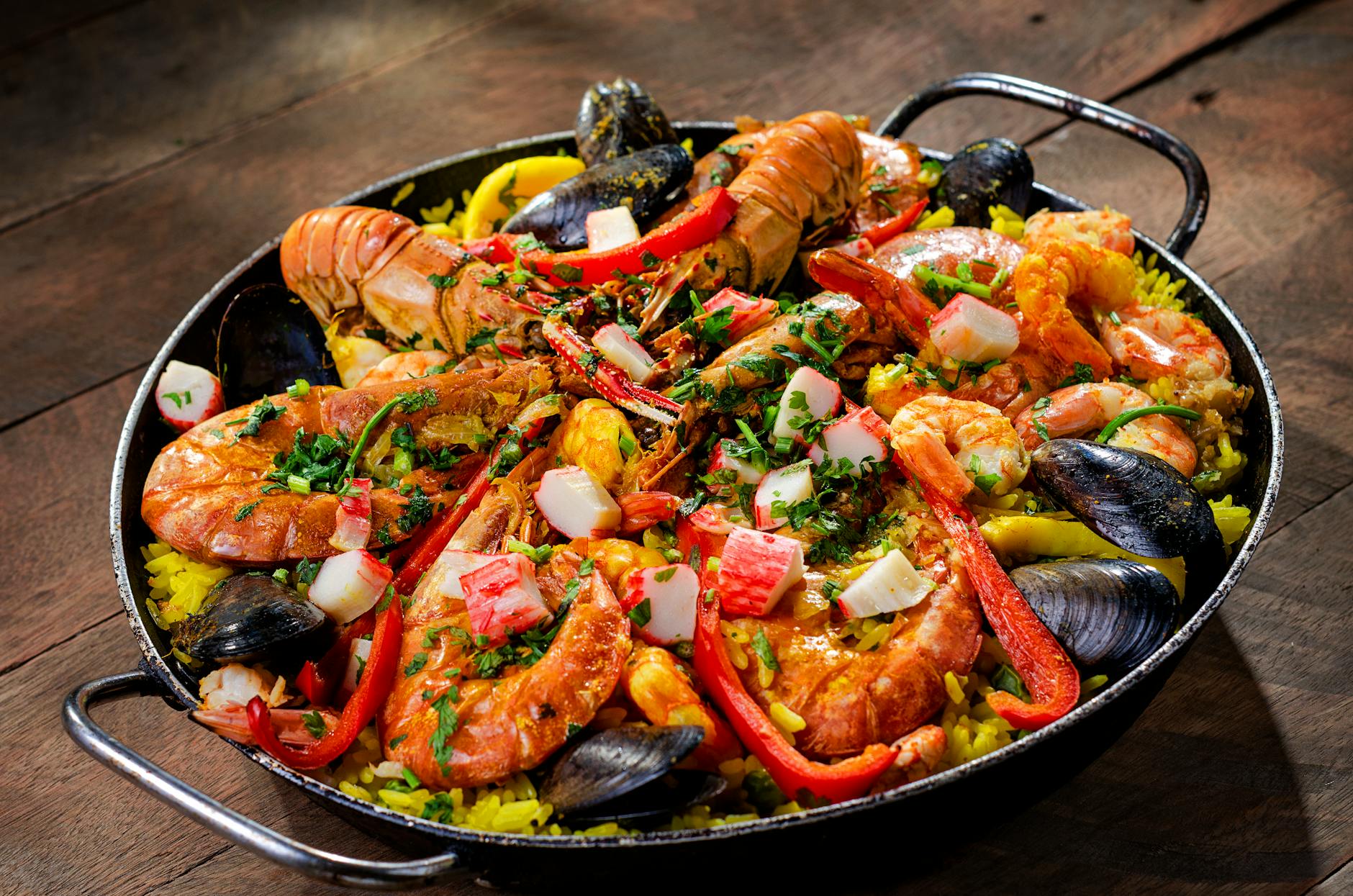
Recipe 3: Arroz al Horno (Baked Rice)
Arroz al Horno, a traditional Spanish dish, is a flavorful and hearty baked rice dish that offers a delightful combination of textures and tastes. This recipe blends rice, sausage, chickpeas, and seasonings into a mouthwatering casserole, creating a delightful culinary experience. Here’s a look at the essential components for preparing Arroz al Horno and the baking techniques to achieve the optimal texture.
Essential Components for Arroz al Horno
To prepare Arroz al Horno, gather high-quality ingredients including short-grain rice, flavorful Spanish chorizo or morcilla (black pudding sausage), garbanzo beans, sweet paprika, saffron, and a combination of aromatic herbs such as rosemary and thyme. The blend of these ingredients contributes to the dish’s rich flavor profile and hearty texture. Additionally, fresh tomatoes and bell peppers add a refreshing touch to the overall taste of the dish and provide a colorful presentation.
Baking Techniques for Optimal Texture
When baking Arroz al Horno, it’s crucial to achieve the perfect balance of tenderness and crispness. Start by preheating the oven to the recommended temperature. Layer the ingredients in a deep, oven-safe dish, allowing the rice to absorb the flavorful juices from the sausage and vegetables during the baking process. Cover the dish with foil during the initial baking phase to ensure the rice cooks evenly and retains moisture. Then, uncover the dish for the final phase, allowing the top layer of rice to develop a golden crust, adding a delightful textural contrast to the tender layers beneath.
Recipe 4: Grilled Mediterranean Seafood Platter
Selecting Fresh Seafood
When creating a delectable Grilled Mediterranean Seafood Platter, the first step is to meticulously select fresh seafood. Whether visiting a local fish market or grocery store, look for clear, shiny eyes and firm, elastic flesh to ensure freshness. The seafood should not emit a fishy odor, indicating it is not ideal for grilling. Opt for a variety of seafood such as shrimp, squid, mussels, and fish fillets to create a diverse and flavorsome platter.
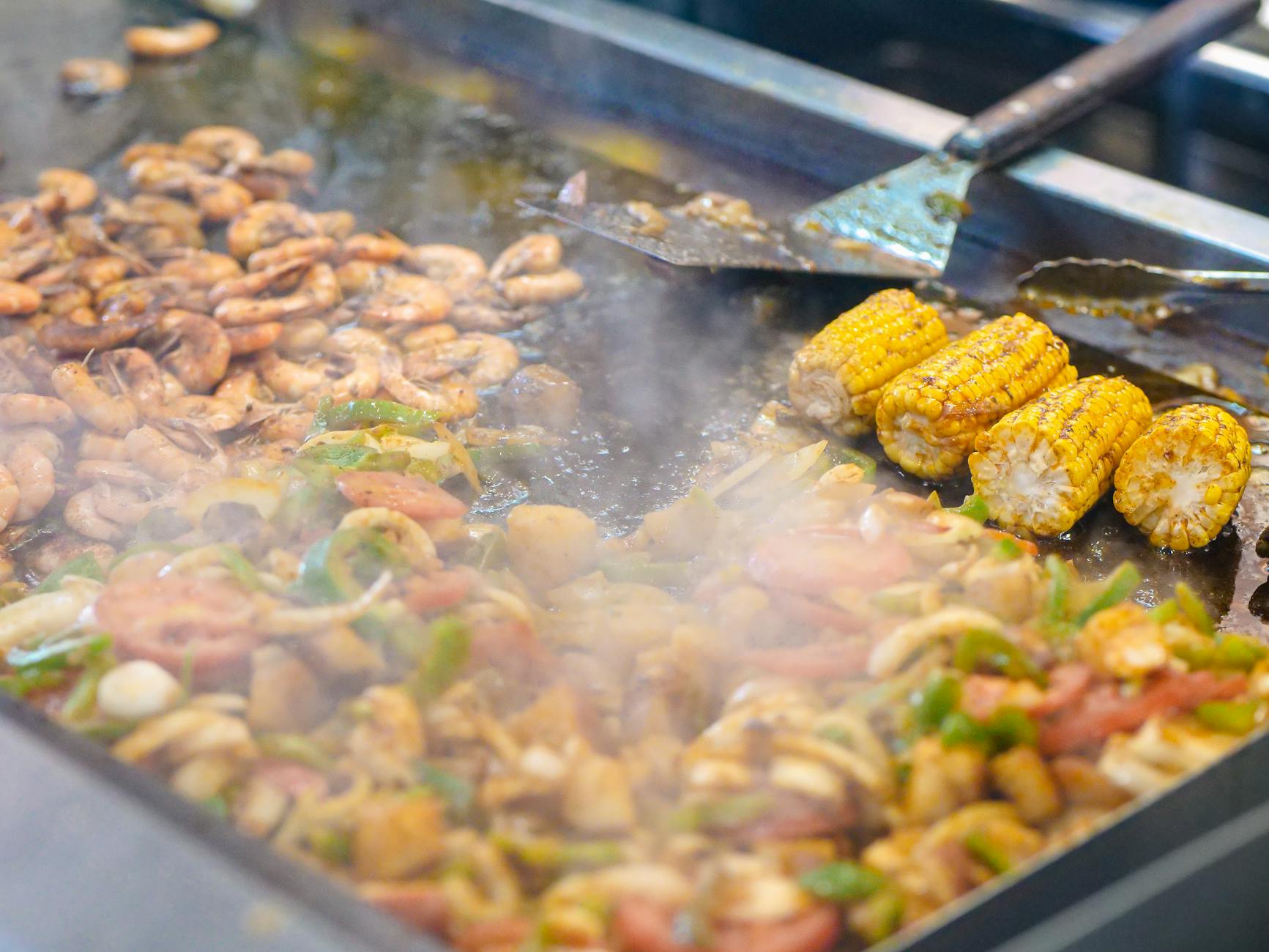
Grilling Seafood to Perfection
Grilling seafood to perfection is an art that enhances the natural flavors of the sea. Preheat the grill to medium-high heat and lightly oil the grates to prevent the seafood from sticking. Season the seafood with Mediterranean-inspired flavors such as olive oil, garlic, fresh herbs, and a squeeze of lemon juice. Grill the seafood for a few minutes on each side until it is opaque and firm to the touch. The goal is to achieve a smoky char and a succulent, tender texture that will delight the palate.
For an enticing visual, arrange the grilled seafood platter alongside vibrant vegetables and zesty dips, creating a feast for the senses.
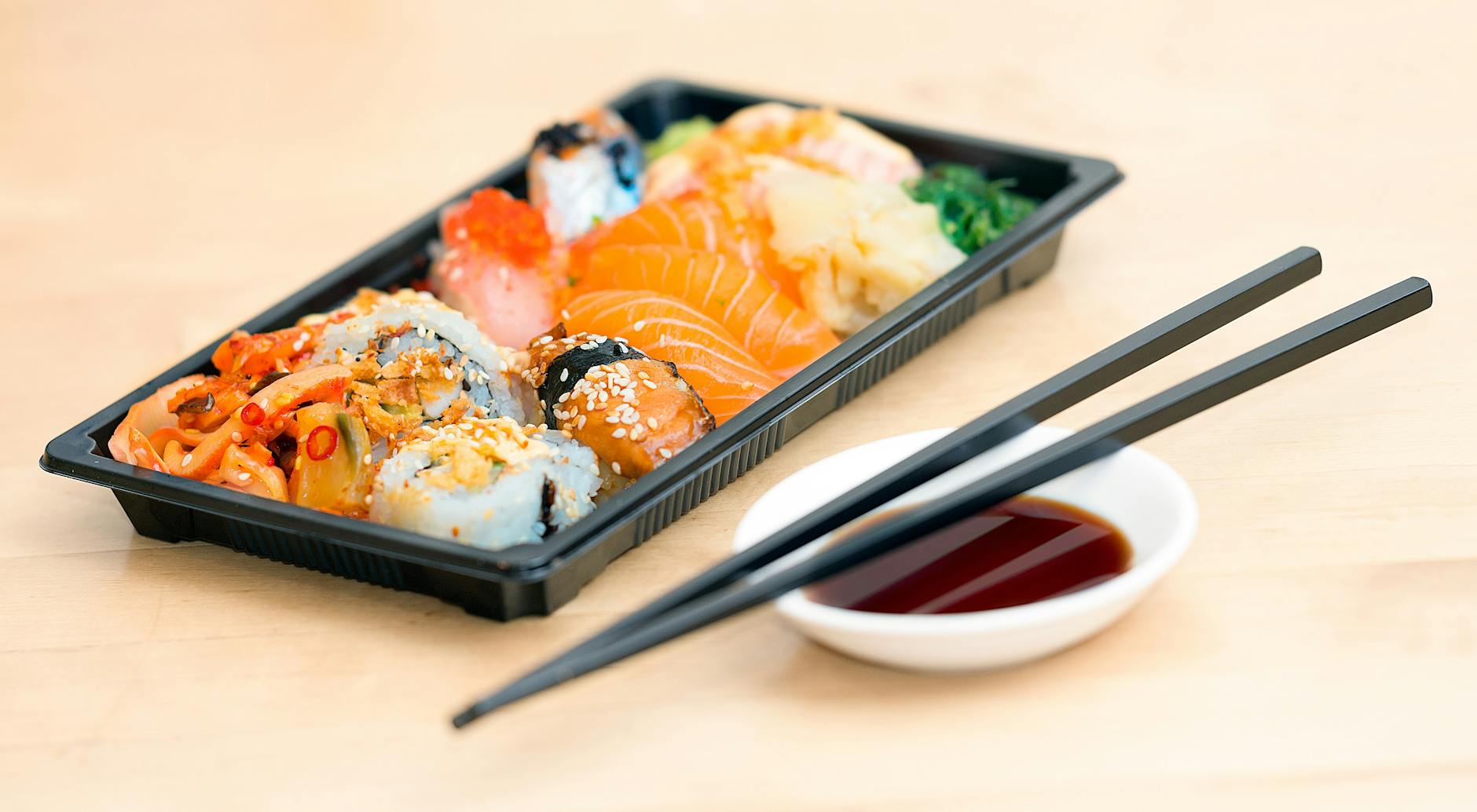
Recipe 5. Fresh Vegetables for Gazpacho
When preparing Gazpacho Valenciano, the key to a delicious and refreshing flavor lies in the use of fresh, high-quality vegetables. Start by selecting ripe and juicy tomatoes, crisp cucumbers, vibrant bell peppers, and pungent onions. These fresh, seasonal ingredients are the backbone of this traditional Spanish soup, imparting a burst of color and an abundance of nutrients.
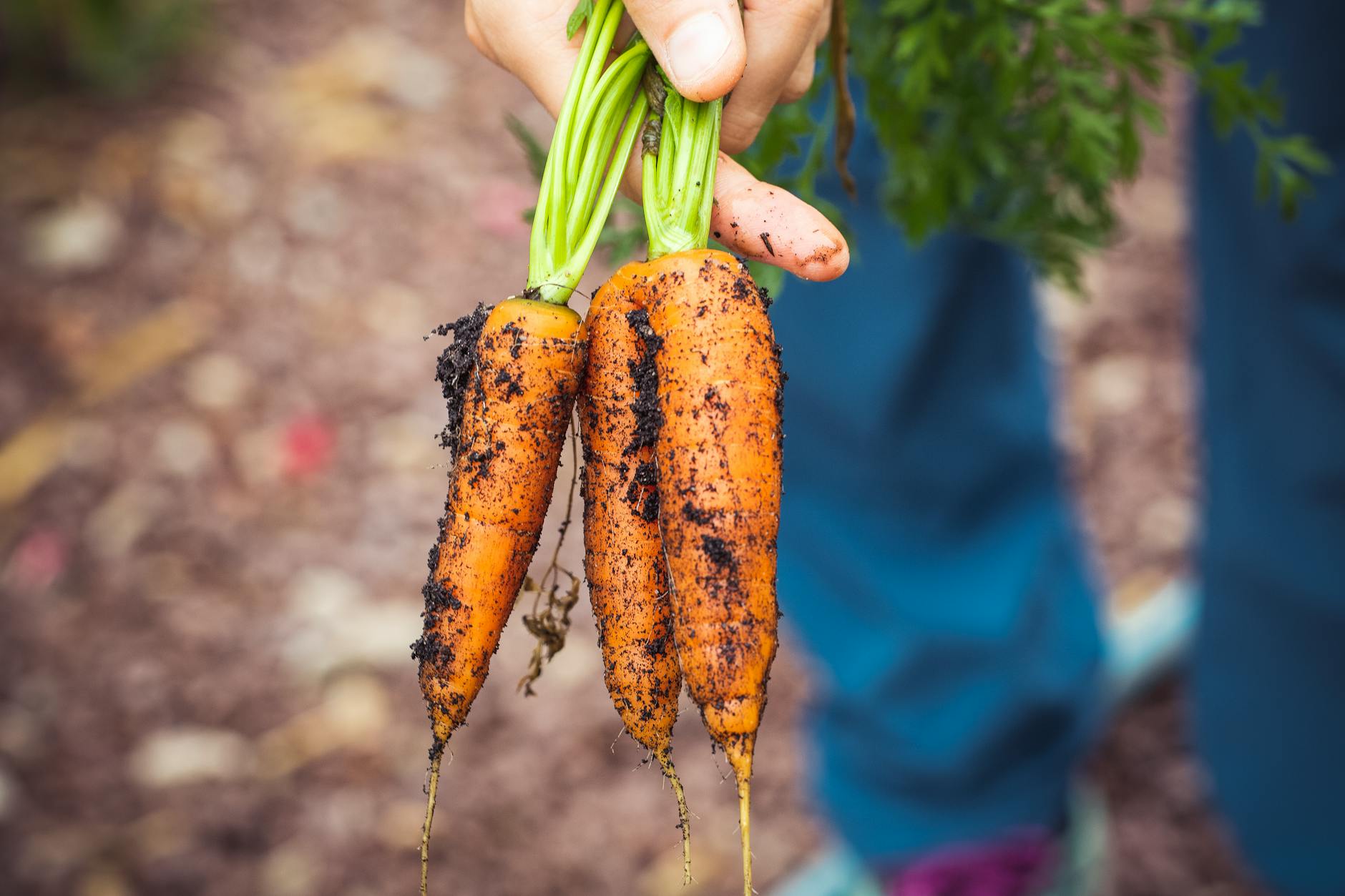
Blending for the Best Flavor
To achieve the finest flavor and texture in Gazpacho Valenciano, it’s crucial to properly blend the fresh vegetables. Use a high-powered blender to ensure that the ingredients are thoroughly pureed, resulting in a smooth and velvety consistency. Blend until the mixture reaches the ideal balance of creaminess and freshness, allowing the flavors to meld harmoniously.
For more information on the nutritional benefits of fresh vegetables, refer to Healthline’s guide on healthy fruits and vegetables.
Recipe 6: Valencia-Style Roasted Vegetables
Roasting vegetables is a delightful way to bring out their natural flavors and create a savory side dish that complements any meal. When following the Valencia Diet, it’s crucial to harness the full potential of seasonal vegetables and transform them into a mouthwatering culinary experience.
Choosing Seasonal Vegetables
Selecting vegetables that are in season not only ensures optimal freshness and flavor but also aligns with the principles of the Valencia Diet, emphasizing the consumption of locally available, fresh produce. During the fall and winter months, hearty options such as carrots, beets, Brussels sprouts, and butternut squash shine brightly in their peak season. These vegetables not only add vibrant color to your plate but also provide an array of essential nutrients, making them an ideal choice for Valencia-style roasted vegetables.
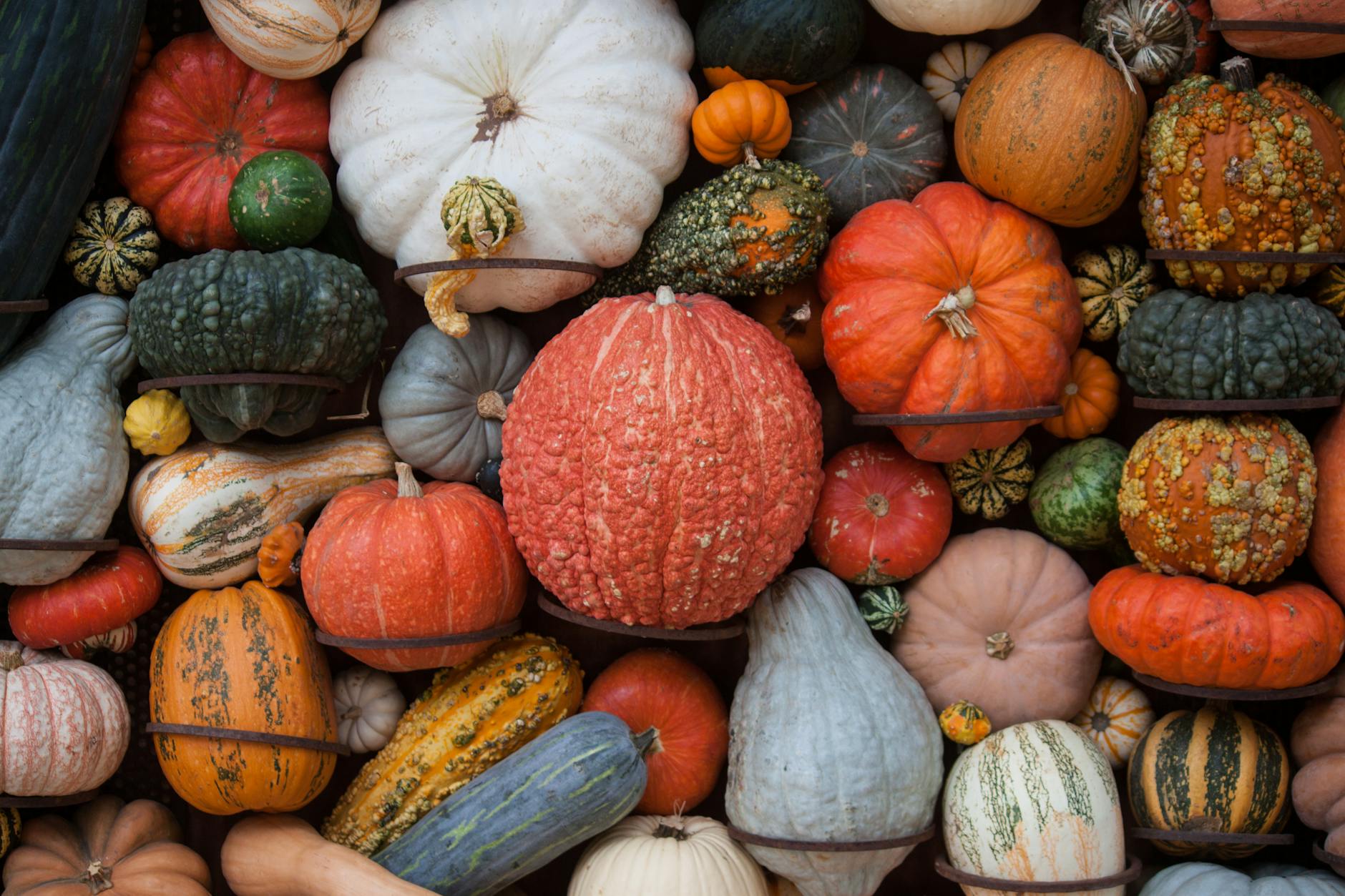
Roasting Tips for Delicious Veggies
To achieve perfectly roasted vegetables, it’s essential to pay attention to the details. Firstly, ensure that the vegetables are uniformly cut to promote even cooking. Secondly, lightly coat the vegetables with olive oil and season with Valencia Diet-approved herbs and spices like thyme, rosemary, and smoked paprika. Finally, roast the vegetables at a high temperature (typically around 425°F or 220°C) to encourage caramelization and develop a delectable depth of flavor.
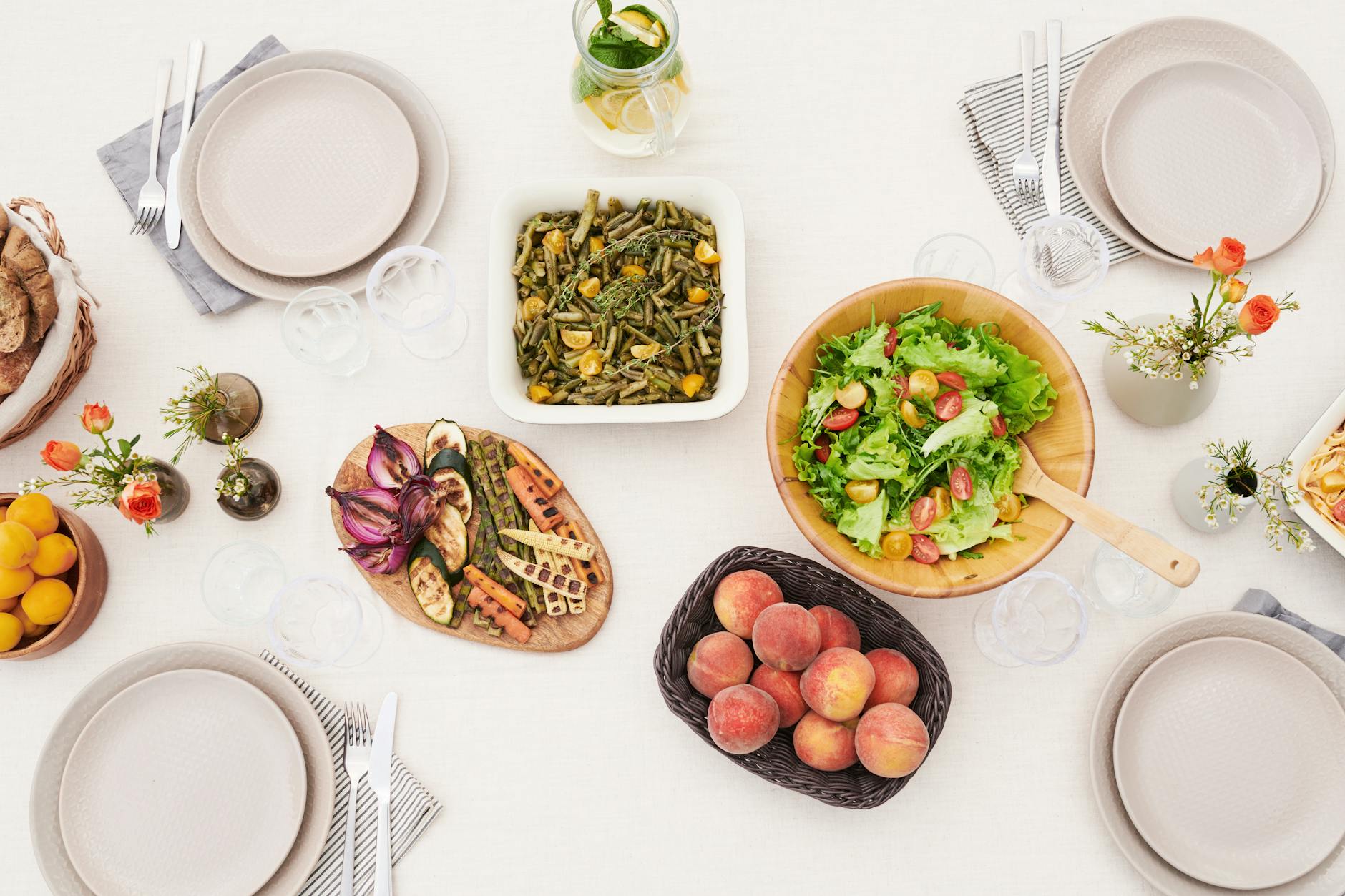
By embracing the essence of the Valencia Diet through the careful selection and preparation of seasonal vegetables, you can elevate the humble roasted vegetable dish into a culinary masterpiece, brimming with wholesome goodness and vibrant flavors.
Eggs and Potatoes
The Spanish omelette’s fundamental base consists of thinly sliced potatoes and eggs. Potatoes are peeled, chopped, and microwaved before use in the recipe. This step ensures the potatoes are thoroughly cooked and tender by the end. Meanwhile, the eggs are mixed with nutmeg, salt, and pepper, creating a flavor-packed base for the omelette.
Photo by Brett Jordan
Recipe 7: The Valencia Twist
The Valencia twist on the Spanish omelette introduces ingredients like feta cheese, pine nuts, and caramelized red onions. This twist adds depth and a unique flavor profile to the traditional Spanish omelette, making it a delightful dish to savor.
Recipe 8: Understanding What Chufa Is
Chufa, also known as tiger nut, is a tuber that is commonly used in the preparation of Horchata. Despite its name, tiger nuts are not actually nuts, but small root vegetables. They have a slightly sweet and nutty flavor, making them a perfect base for this traditional Spanish drink. Chufa is high in fiber and contains beneficial nutrients such as iron, potassium, and vitamin E.
Homemade Horchata Step by Step
To make homemade Horchata de Chufa, begin by soaking the chufa nuts in water for at least 8 hours or overnight. Once soaked, blend the chufa with fresh water until smooth. Strain the mixture through a nut milk bag or cheesecloth to extract the liquid. Sweeten the horchata with sugar and flavor it with a touch of vanilla and cinnamon. Refrigerate the horchata until chilled and serve over ice for a refreshing and delicious beverage.
Recipe 9: Esgarraet (Salted Cod Salad)
Before diving into the delightful preparation of Esgarraet, it’s crucial to focus on the preparation of the salted cod. The first step involves desalting the cod to remove excess salt and alleviate its intense flavor. Rinse the salted cod under cold water and then proceed to boil it until it is tender. The boiled cod is then shredded into fine pieces, ready to be utilized in the assembly of the Esgarraet salad.
Assembling Your Esgarraet Salad
Once the salted cod is prepared, the assembly of Esgarraet salad commences. Combine the shredded cod with roasted red peppers, garlic, and a drizzle of quality olive oil. The final touch is a sprinkle of salt and the zesty flavor of sherry vinegar. Mix all the ingredients with care, ensuring the flavors mingle harmoniously. The vibrant colors and fresh aroma of the Esgarraet salad make it a delightful addition to any Valencia Diet meal.

Recipe 10: Allioli (Garlic and Olive Oil Sauce)
Garlic and olive oil come together to create the delightful allioli, a traditional Spanish sauce that adds a burst of flavor to any dish. Let’s dive into the simple ingredients of allioli and explore the techniques for mastering the art of emulsification.
The Simple Ingredients of Allioli
Allioli typically calls for just a handful of basic ingredients. These include fresh garlic cloves, high-quality extra virgin olive oil, a pinch of salt, and sometimes a touch of lemon juice. The secret lies in the emulsification process, which brings these simple components together in perfect harmony.
To capture the essence of this classic Spanish sauce, it’s essential to source the finest ingredients and pay attention to the details of its preparation.
Mastering the Technique of Emulsification
Emulsification is key to achieving the desired creamy texture of allioli. This process involves gradually combining the garlic, olive oil, and other ingredients while ensuring a stable and smooth mixture. The traditional method often involves using a mortar and pestle, requiring patience and a gentle yet persistent hand to achieve the perfect emulsion.
For those opting for a more modern approach, a hand blender or food processor can be used to simplify the emulsification process. The goal is to achieve a smooth, creamy consistency that allows the flavors of the garlic and olive oil to shine through.
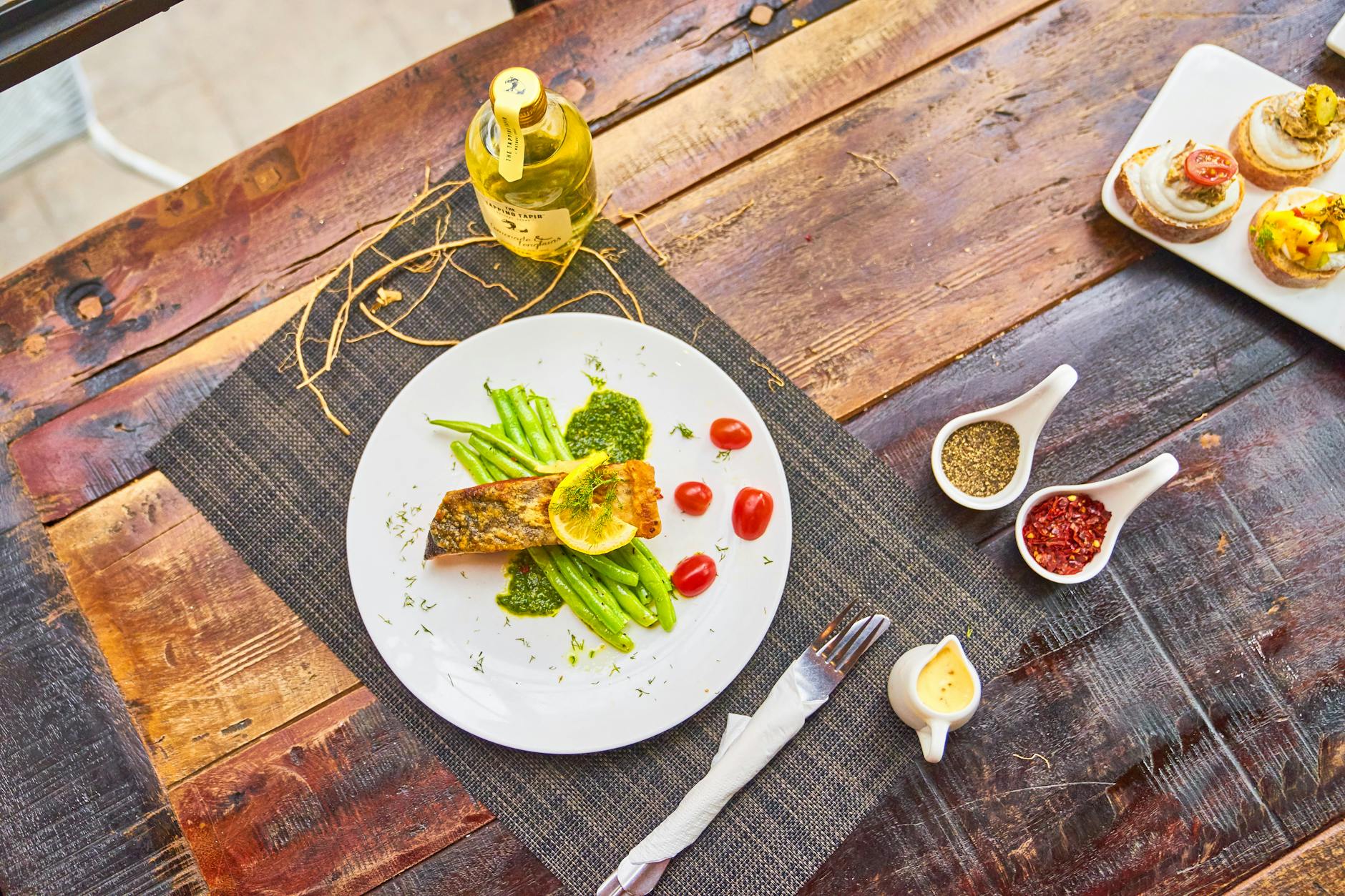
As you embark on the culinary journey of creating allioli, embrace the meticulous process of emulsification to elevate this traditional sauce to its full potential.
Conclusion
In conclusion, the Valencia Diet offers a variety of delicious and nutritious recipes to support your health and well-being. By incorporating nutrient-dense foods like fruits, vegetables, whole grains, and lean proteins, you can enjoy satisfying meals while nourishing your body. Whether you’re craving a refreshing citrus salad or a flavorful paella, the Valencia Diet provides a diverse range of culinary options to suit your tastes. Embrace the abundance of fresh, wholesome ingredients and savor the culinary delights of the Valencia Diet as you embark on your journey towards optimal health and vitality.
Read More: Why Keto Diet and Intermittent Fasting are Best for Weight Loss

